Child Labour Day: Number of child labourers in the country tops 10m
ILO reports falling trend worldwide, but Pakistan sees a marked increase.
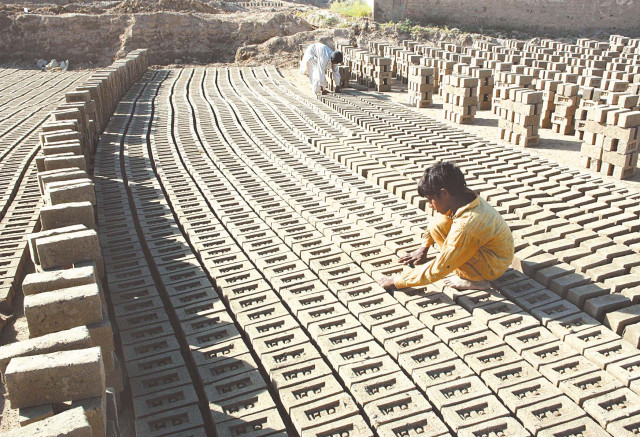
Child Labour Day: Number of child labourers in the country tops 10m
Twenty years after ratifying the United Nations Convention on the Rights of the Child (UNCRC), the fate of children in Pakistan has not improved. Despite the existence of child labour laws, the practice is continuously increasing in the country and the number of child labourers has crossed 10 million.
This was stated by Society for the Protection of the Rights of the Child (SPARC) Executive Director Arshad Mahmood during the launch ceremony of its 15th annual report titled “The State of Pakistan’s Children 2010” here at the Peshawar Press Club on Saturday.
He said that according to the International Labour Organisation (ILO) child labour numbers fell worldwide, but unfortunately, Pakistan saw a marked increase. According to the 2008 Economic Survey of Pakistan, he said, the number of working children aged between 10 to 14 years increased from 10.9 to 13.6 per cent in the country.
Poverty, floods, terrorism, the dismal situation in internally displaced people camps and other factors compelled families to push children towards work, he added. “A number of schools and houses were destroyed by floods and the militancy, which left no option for kids but to go and work,” he added.
SPARC Program Manager Imran Takkar said that they were trying their best to reduce child labour in the country. He added they were lobbying the government to eliminate child labour through education, adding that uniformity in the education system and free of charge schooling should be given to each child.
Several other experts and journalists, including Khalid Mehmood, Jehanzeb Khan, Dr Basharat, Amna Sarwar and Shamim Shahid also shared their views and discussed different aspects of the report.
Referring to the report, the speakers said that the killings of eight domestic child labourers by their employers in 2010 manifests a gloomy picture of child labour in the country and the dismal role of the policy makers, who have failed to develop a mechanism where child labourers are not exploited or abused in any way. Despite protests by civil society organisations and the media, the state has still not imposed a ban on domestic child labour, they added.
Highlighting the research, they said that skyrocketing dropout rates following the attack on schools in the conflict-ridden northern areas further worsened the child labour situation. In 2010, it has been estimated that militants blew up around 700 schools in Khyber-Pakhtunkhwa, while more than two dozen schools were destroyed in Peshawar alone. Then the skyrocketing inflation and ever-increasing unemployment have pressed children to work in non-conducive environments.
The report stated that the 2010 floods, which killed close to 2,000 people and affected at least 24 districts in Khyber-Pakhtunkhwa, exposed children to greater risks and exploitation. The major risks that come to light were their separation from families, gender-based violence, sexual exploitation, trafficking and psychological issues. Reports of boys from flood-affected families being lured into prostitution trickled in as well.
The report suggested that increasing child militancy in tribal areas and military operation against militants have increased the number of juveniles in detention centres, mainly in Khyber-Pakhtunkhwa, Fata and Balochistan, although this has not been reported in the jail population statements.
University of Peshawar Gender Studies Department Prof Dr Basharat Khan said that the government should make efforts to implement child labour laws in the country so that the menace could be eradicated.
Published in The Express Tribune, June 12th, 2011.


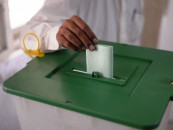
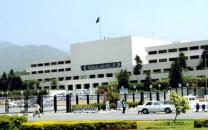
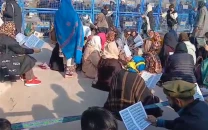





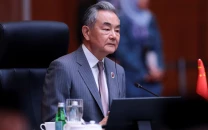








COMMENTS
Comments are moderated and generally will be posted if they are on-topic and not abusive.
For more information, please see our Comments FAQ